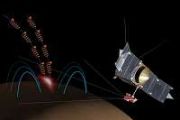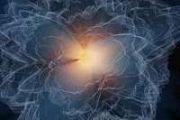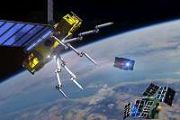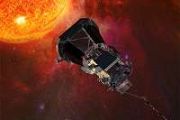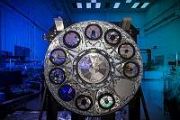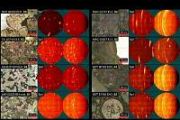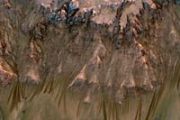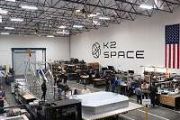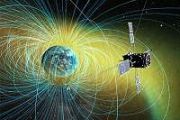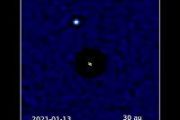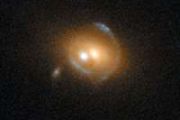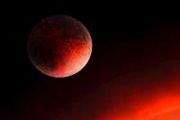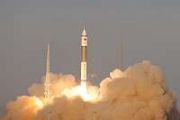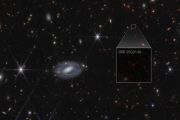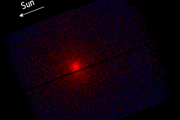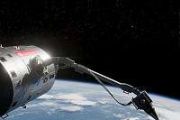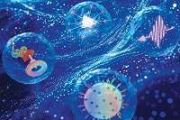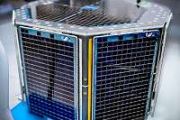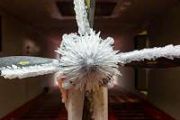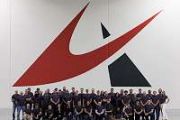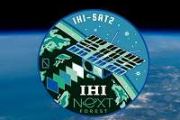
Copernical Team
New report outlines science priorities for human Mars exploration
Verifying that you are not a bot
Webb identifies earliest supernova to date
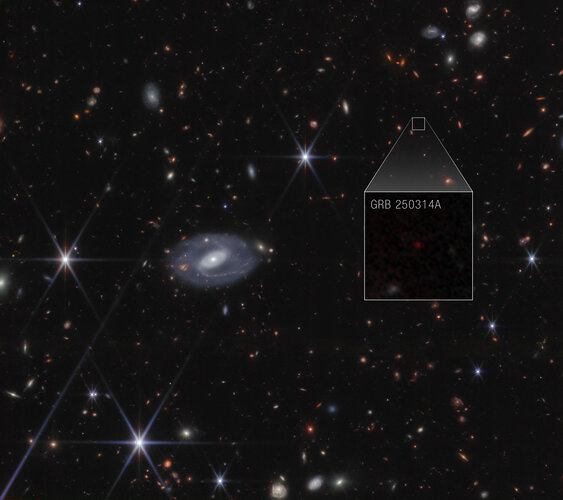
The NASA/ESA/CSA James Webb Space Telescope has confirmed the source of a super-bright flash of light known as a gamma-ray burst, generated by an exploding massive star when the Universe was only 730 million years old. For the first time for such a remote event, the telescope provided a detection of the supernova’s host galaxy. Webb’s quick-turnaround observations verified data taken by telescopes around the world that had been following the gamma-ray burst since it onset, which occurred in mid-March.
From the Minoans to satellite metrology
 Video:
00:06:15
Video:
00:06:15
The Minoans were a sophisticated Bronze Age civilization (c. 3100–1100 BC) on Crete and widely regarded as Europe’s earliest advanced culture. They are best known for their impressive palace complexes, most notably Knossos, and for their far-reaching maritime trade, which most likely relied on celestial navigation and a detailed understanding of the constellations. The Minoans recognised a hidden order in the natural world: a force to be respected, yet also harnessed for human benefit. Their era, the Age of Bronze, marked a pivotal moment in the development of human society.
Today, our own relationship with nature must find
Space debris looms over Google's ambitious orbital AI data center plan
 The rapid growth of artificial intelligence and cloud services is driving an enormous appetite for computing power, and with it, a surge in electricity demand from data centers that can rival the needs of tens of thousands of homes or even a small city. To ease that strain, some technology leaders are turning their attention to space, where sunlight is abundant and continuous, and where solar-po
The rapid growth of artificial intelligence and cloud services is driving an enormous appetite for computing power, and with it, a surge in electricity demand from data centers that can rival the needs of tens of thousands of homes or even a small city. To ease that strain, some technology leaders are turning their attention to space, where sunlight is abundant and continuous, and where solar-po NASA to test commercial robotic arm in orbit to advance in space construction
 NASA and industry partners will fly and operate a commercial robotic arm in low Earth orbit through the Fly Foundational Robots mission set to launch in late 2027. This mission will support development of in space operations that are needed for long duration human activities away from Earth and will help grow a commercial robotics sector that future science and exploration missions can use.
NASA and industry partners will fly and operate a commercial robotic arm in low Earth orbit through the Fly Foundational Robots mission set to launch in late 2027. This mission will support development of in space operations that are needed for long duration human activities away from Earth and will help grow a commercial robotics sector that future science and exploration missions can use. Applied Aerospace and PCX create US flight and space hardware group
 Applied Aerospace and PCX Aerosystems have merged to form Applied Aerospace and Defense, a single supplier focused on precision hardware and systems for aircraft, rotorcraft, satellites, launch vehicles, and missile defense programs across military, commercial, and scientific markets.
The combined company draws on more than 120 years of engineering and manufacturing activity in mission cri
Applied Aerospace and PCX Aerosystems have merged to form Applied Aerospace and Defense, a single supplier focused on precision hardware and systems for aircraft, rotorcraft, satellites, launch vehicles, and missile defense programs across military, commercial, and scientific markets.
The combined company draws on more than 120 years of engineering and manufacturing activity in mission cri Sea based rocket net recovery platform enters service for Chinese reusable launchers
 China has taken delivery of its first sea based platform designed to recover rockets using a net system, adding a key element to national plans for reusable launch vehicles.
The vessel, named Linghangzhe or Pathfinder, has been certified by the China Classification Society, becoming the first sea based rocket recovery platform in the country to receive the required class and statutory appr
China has taken delivery of its first sea based platform designed to recover rockets using a net system, adding a key element to national plans for reusable launch vehicles.
The vessel, named Linghangzhe or Pathfinder, has been certified by the China Classification Society, becoming the first sea based rocket recovery platform in the country to receive the required class and statutory appr KATRIN experiment rules out favored light sterile neutrino region
 Neutrinos are among the most abundant matter particles in the Universe, yet they interact so weakly that they are difficult to detect and study. The Standard Model includes three neutrino types, but their ability to oscillate between flavors shows they have mass and can change identity as they travel. For many years, anomalies in reactor and source experiments have pointed to the possible existe
Neutrinos are among the most abundant matter particles in the Universe, yet they interact so weakly that they are difficult to detect and study. The Standard Model includes three neutrino types, but their ability to oscillate between flavors shows they have mass and can change identity as they travel. For many years, anomalies in reactor and source experiments have pointed to the possible existe Lodestar Space wins SECP support to advance AI satellite awareness system
 Lodestar Space has secured funding through the UK Space Agency's Space Ecosystem Commercialisation Programme, delivered by Space South Central, to accelerate work on its on-orbit sensing system Mithril.
The SECP Sprint R and D grant of GBP 30,000 will pay for integration and testing of a new LiDAR sensor within Mithril's existing on-orbit sensing suite. Mithril is described as a fully auto
Lodestar Space has secured funding through the UK Space Agency's Space Ecosystem Commercialisation Programme, delivered by Space South Central, to accelerate work on its on-orbit sensing system Mithril.
The SECP Sprint R and D grant of GBP 30,000 will pay for integration and testing of a new LiDAR sensor within Mithril's existing on-orbit sensing suite. Mithril is described as a fully auto The bacteria that wont wake up found in spacecraft cleanrooms
 Researchers have characterized a bacterium from spacecraft assembly cleanrooms that can enter an extreme dormant state, allowing it to persist where contamination controls are designed to remove nearly all life. The study centers on Tersicoccus phoenicis, a microbe detected in high-grade cleanrooms used by NASA and the European Space Agency to prepare spacecraft hardware.
The team found th
Researchers have characterized a bacterium from spacecraft assembly cleanrooms that can enter an extreme dormant state, allowing it to persist where contamination controls are designed to remove nearly all life. The study centers on Tersicoccus phoenicis, a microbe detected in high-grade cleanrooms used by NASA and the European Space Agency to prepare spacecraft hardware.
The team found th 


